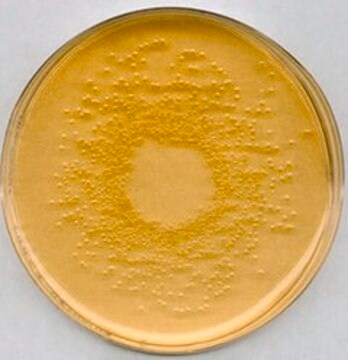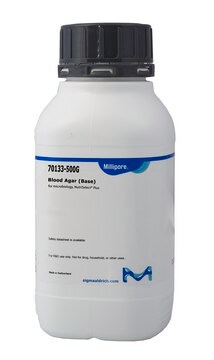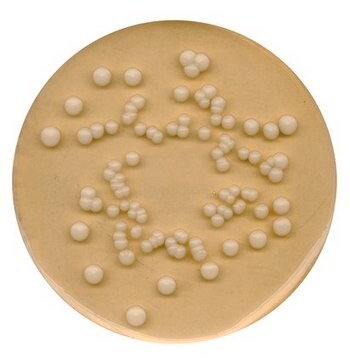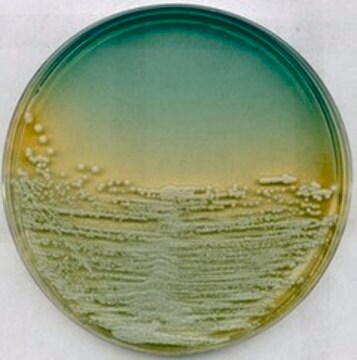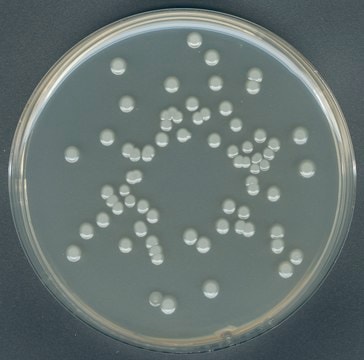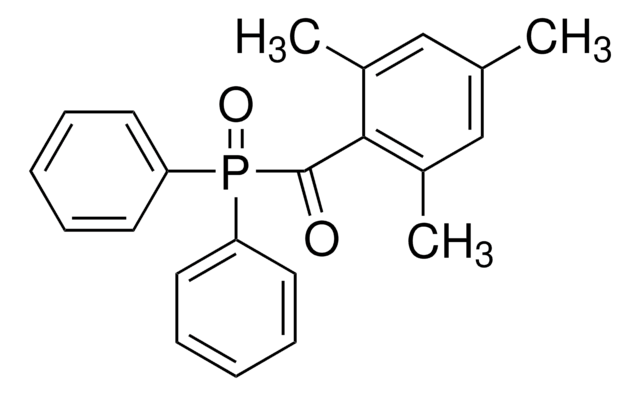15713
Universal Food pathogen ID Membrane
light pink colored, sterile, diameter 70 mm, suitable for microbiology
Synonyme(s) :
Indicator membrane, ID Membranes
About This Item
Produits recommandés
membrane size
70 mm
Niveau de qualité
Stérilité
sterile
Durée de conservation
limited shelf life, expiry date on the label
Conditions de stockage
protect from light
Technique(s)
microbe id | specific enzyme detection: suitable
Application(s)
food and beverages
microbiology
Température de stockage
2-8°C
Adéquation
Bacillus spp.
Escherichia coli
Listeria spp.
Salmonella spp.
Shigella spp.
Staphylococcus spp.
coliforms
enterovirulent E. coli (EEC)
Description générale
Application
Remarque sur l'analyse
Code de la classe de stockage
11 - Combustible Solids
Classe de danger pour l'eau (WGK)
WGK 3
Point d'éclair (°F)
Not applicable
Point d'éclair (°C)
Not applicable
Faites votre choix parmi les versions les plus récentes :
Déjà en possession de ce produit ?
Retrouvez la documentation relative aux produits que vous avez récemment achetés dans la Bibliothèque de documents.
Notre équipe de scientifiques dispose d'une expérience dans tous les secteurs de la recherche, notamment en sciences de la vie, science des matériaux, synthèse chimique, chromatographie, analyse et dans de nombreux autres domaines..
Contacter notre Service technique